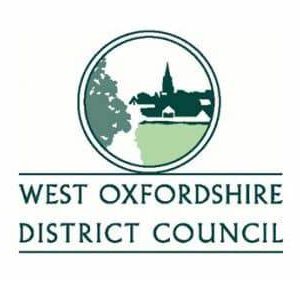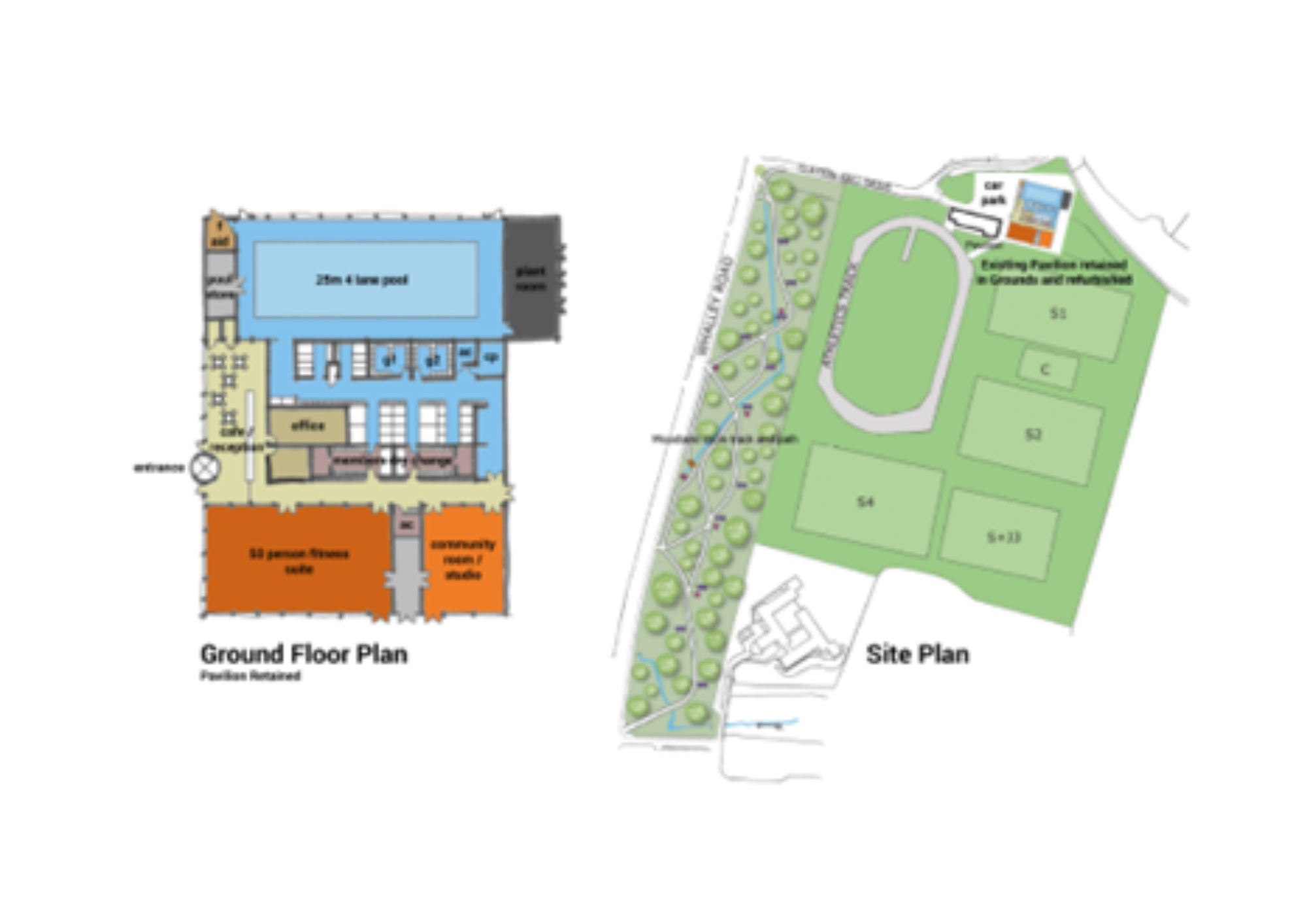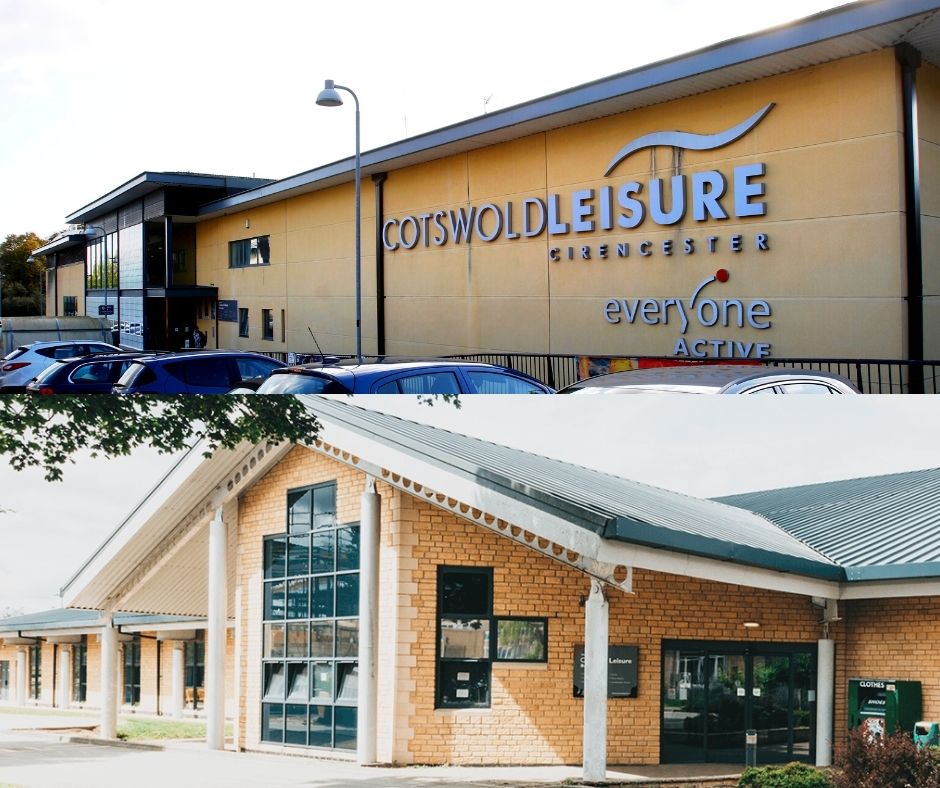
In 2024, West Oxfordshire District Council commissioned Max Associates to produce a Strategic Outcomes Planning Model for the district, building on the Built Facilities Strategy completed in 2021.
The Council needed to ensure it has a clear strategic approach to ensure any local investment provides effective and sustainable physical activity and leisure opportunities for local communities in the long term. The model followed a place-based approach and considered physical activity opportunities linked to active travel and open spaces as well as leisure centres.
Outcome
Members commended the report and its analysis looking at where the need for services, and for what demographics, were greatest. The executive approved the recommended key interventions listed in the report in November 2024.
The SOPM forms the strategic direction to take the Council’s leisure services forward, a further piece of work is required to inform the contract scope and preferred operating model for its leisure facilities. Max Associates was awarded (Feb 2025) the contract to proceed with a Leisure Management Options Appraisal to determine the most suitable delivery model for the council owned leisure assets when the current contract expires.
Summary of Project
The Council recognises the key role leisure services have in supporting the wider health and wellbeing agenda. The main driver behind this project was to understand how people choose to use leisure facilities and to identify opportunities that meet local community needs to address health and wellbeing inequalities in West Oxfordshire.
The SOPM strategy considers leisure provision across the whole Council area. However, when assessing the future options for the Council’s leisure facilities, the following centres were included:
- Windrush Leisure Centre, Witney;
- Carterton Leisure Centre;
- Chipping Norton Leisure Centre; and
- Bartholomew Sports Centre, Eynsham.
The strategic outcomes approach is structured around four key stages.
Stage 1 Outcomes – Developing shared local outcome for your place.
Stage 2 Insight – Understand your community and your place.
Stage 3 Interventions – Identify how the outcomes can be delivered sustainably
Stage 4 Commitment – Secure investment and commitment to outcome delivery.
Stage 1 involved the review of local and national strategies to identify common priorities and themes, along with stakeholder consultation with members, officers and external partners to decide outcomes and themes. From Stage 1 all the objectives and key messages were grouped into three priority strands:
- Good health for life.
- Socially integrated communities.
- Active environments.
Stage 1 also identified that there is the ambition to increase collaboration amongst key stakeholders to develop joint initiatives, programmes and sharing networks, particularly focusing on those groups who faced the greatest barriers to being active. Another key issue that emerged was the green agenda and the support for active travel and low carbon initiatives.
The next stage included data insight and analysis to gain an understanding of the socio demographic context of the Council up to 2031, including a review of the demographic profile, health profile, physical activity rates and active travel participation. It also incorporated a community survey.
The research and intelligence gathered in Stages 1 and 2 resulted in the establishment of interventions in Stage 3 to deliver the outcomes sustainably. These interventions were aligned to the three themes established in Stage 1 and were broken down into facility interventions, which will enable the Council to effectively deliver its strategic outcomes and service interventions, which aim to encourage target groups to be more active and should inform the future service delivery and priorities for leisure, including the leisure management contract.





